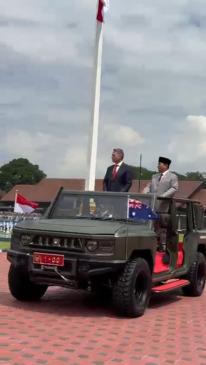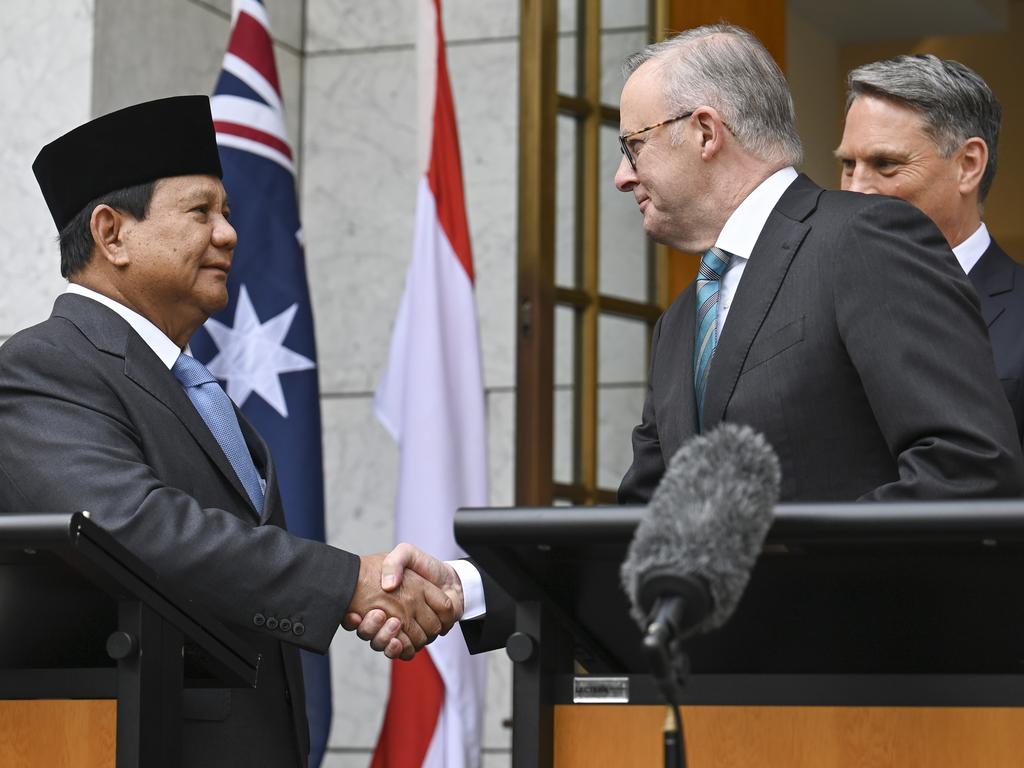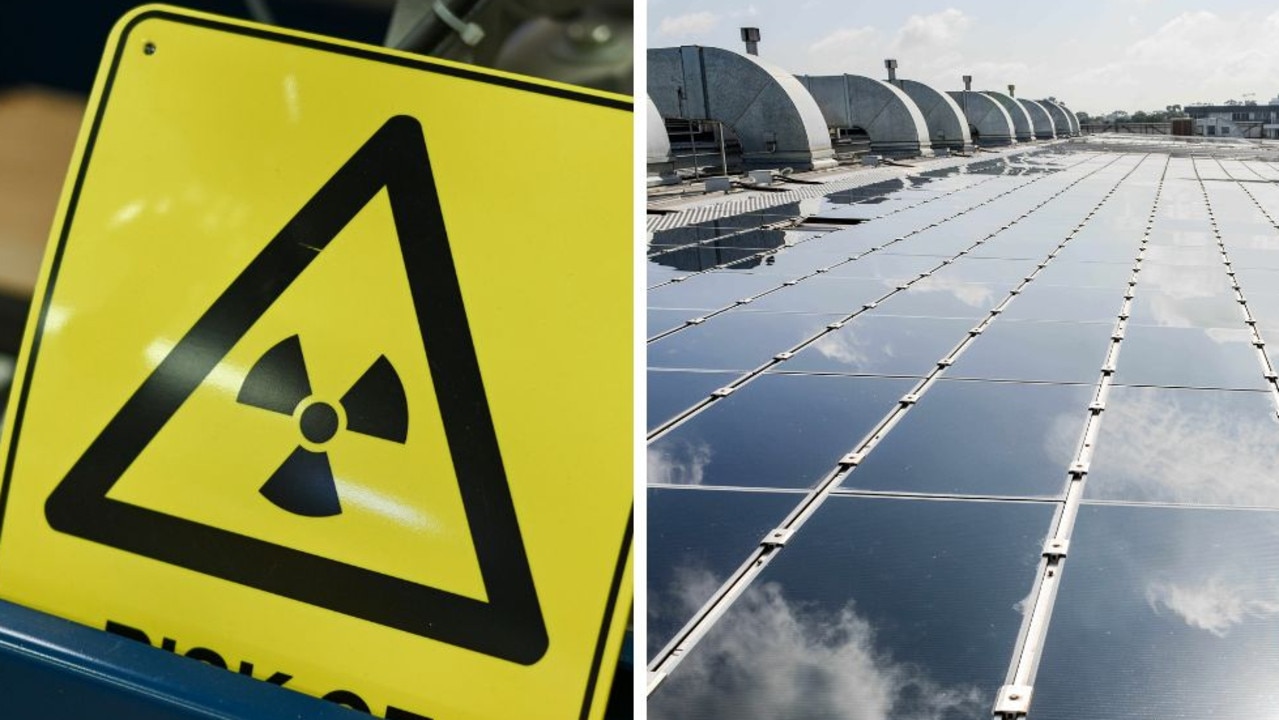Australia-Indonesia defence pact ‘a historic milestone’
New Australia-Indoesia defence deal reflects mutual concern over China, the South China Sea and the potential for open hostility between Beijing and Washington.

You can now listen to The Australian's articles. Give us your feedback.
Australia will look to help beef-up Indonesia’s critical maritime surveillance capacity under an upgraded bilateral defence pact that president-elect Prabowo Subianto hailed on Wednesday for its potential to help both countries “anticipate future security threats”.
At a signing ceremony in central Java, Mr Prabowo called the upgraded pact a “historic milestone” that would help address “various security threats” in the region. Defence Minister Richard Marles said it reflected an “all-time high level” of strategic trust between the two countries.
More immediately, the new DCA has paved the way for the “biggest and most complex bilateral defence exercise” yet between the two neighbours this November.
The Keris-Woomera exercise will involve more than 2000 defence personnel from both nations in a joint amphibious operation that will for the first time include air, land and maritime forces and incorporate live-fire drills, Australia’s F-35 stealth fighter jets and Landing Helicopter Dock vessels. It will also include a cyber component.
“This isn’t just a piece of paper. It’s activating genuine interaction and capacity-building on a scale we haven’t seen before … and we are very ambitious for where we want to take this in the future,” Mr Marles told The Australian.
“That we have this in place now with our nearest neighbour is highly significant for Australia’s national security. You don’t get to this point without a different level of strategic trust. And developing strategic trust is the main game.”
High on Australia’s ambitious list of priorities was helping Indonesia strengthen its capacity to monitor its archipelagic waters.
“The agreement facilitates much more activity in that space. We want to work much more closely with Indonesia on maritime domain awareness capacity,” Mr Marles added.

The pact, negotiated in just 17 months, reflects mutual concern over China’s increasingly assertive actions in the South China Sea and the potential for escalating great power rivalry in the region between Beijing and Washington to spill over into open hostilities.
While Indonesia is not a claimant in the interlocking territorial disputes with China in the South China Sea, Beijing’s so-called Nine Dash Line map delineating its claims includes part of Indonesia’s southernmost waters, known as the Natuna Sea.
Indonesia’s defence ministry in a statement on Wednesday said both parties believed the DCA could “significantly help anticipate future security threats in the Asia-Pacific region through collaborative defence efforts, ensuring lasting peace and stability in the region”.
Mr Prabowo added a word of caution that the upgraded agreement was neither an alliance nor a pact, underscoring Indonesia’s commitment to non-alignment that Mr Marles insisted Australia not only respected but welcomed.
The agreement provides a standing arrangement removing a need to seek permits on a case-by-case basis for bilateral defence activity, enabling a much higher level of interoperability between the defence forces. It includes articles enhancing co-operation on intelligence, humanitarian relief and cyber security.
Mr Marles credited former Labor prime minister Paul Keating with laying the foundations for the upgrade through a 1995 security agreement with General Suharto.







To join the conversation, please log in. Don't have an account? Register
Join the conversation, you are commenting as Logout